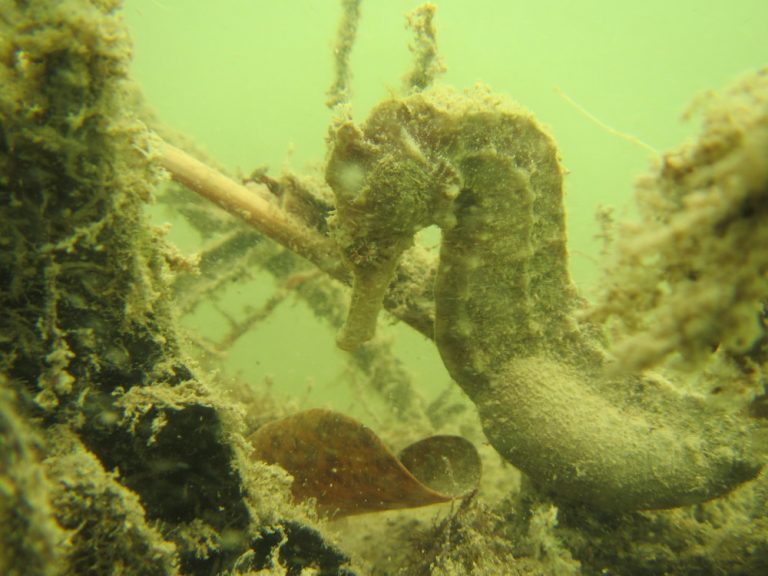
Hippocampus kuda. Photo: Lindsay Aylesworth/Project Seahorse
India has an extensive coastline and its waters are home to six seahorse species, and has been very active in catching and exporting seahorses. In 2001, it was also the first country to implement a national ban on exploitation of seahorses, prior even to seahorses being listed under CITES. In the two decades since the ban, however, it has become clear that catch and trade bans, as they stand, may have limited capacity to protect the species as they are primarily caught as bycatch. To understand the current situation fully, we need to understand the status of seahorse catch and trade before India’s ban and before CITES’ global action.
This Fisheries Centre Research Report (FCRR) documents the first seahorse trade surveys and analyses conducted by Project Seahorse in India, in 1999. These were the last comprehensive surveys about India’s seahorse species, distribution, fisheries, and trade, before the imposition of its national ban on seahorse catch and trade and provides a baseline for comparisons to help understand the impact of that ban for seahorse conservation. Making these 1999 data public will help policymakers evaluate the use of a ban as a management tool for seahorses and contribute to helping the improved management of seahorses in India.
Link to FCRR 28 (3) The catch and trade of seahorses in India pre-ban
Tags: Amanda Vincent, CITES, faculty, FCRR, IOF students, Project Seahorse, Publications, Research, seahorses